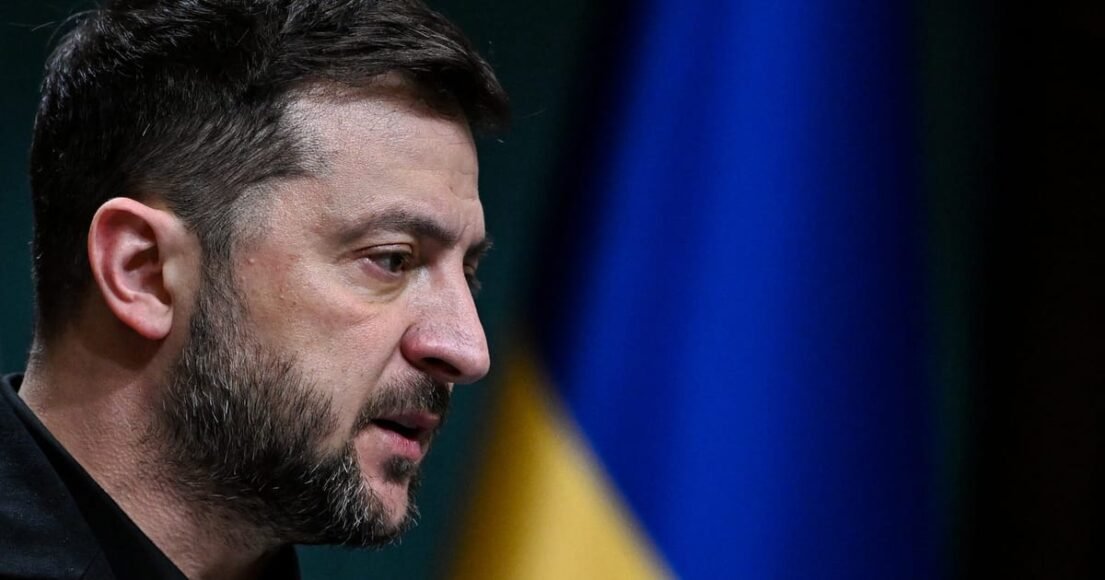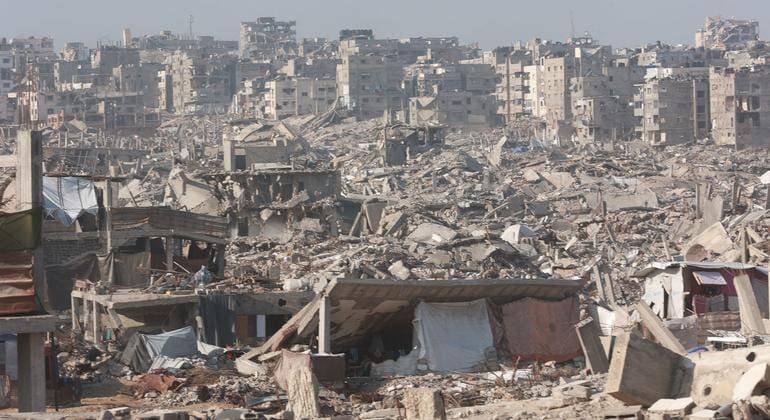The plan refrains from suggesting new proposals, instead detailing how the United Nations aims to progress with existing ones: 87 actions in 31 work packages across 3 areas, from peace operations to technology and services.
“Its goal is to provide structure, transparency, and coherence, an operational framework for the UN80 Initiative, showing how each element will progress: responsibilities, timelines,” Ryder informed Member States during a General Assembly meeting.
A plan to change the UN
The Action Plan is central to the UN80 Initiative, a system-wide transformation to enhance United Nations operations, ensuring better outcomes for people and the planet.
Launched in March 2025 and endorsed by the General Assembly in resolution 79/318, the Initiative doesn’t redefine the UN’s role but focuses on management and coordination: modernizing outdated systems, reducing bureaucracy, and enhancing impact.
The UN80 Initiative progresses through three streams of work, consolidated in the Action Plan: proposals for efficiency reflected in the 2026 program budget estimates, the mandate execution review report under the ad hoc working group, and “Shifting paradigms: United to deliver” outlining potential realignments.
The Action Plan integrates these, translating recommendations into clear structures with responsibilities, deadlines, and intergovernmental review processes.
“If we sustain momentum, this could be a period of real transformation,” Ryder told member states.
From three reports to 31 work packages
The Action Plan serves as a roadmap, deconstructing the UN80 Initiative into work packages, from technical changes to major systemic reforms.
Key programs address “big tickets” for cohesion in the UN system. For peace and security, this involves new models for delegation of peace operations; in the humanitarian field, advancing the New Humanitarian Compact to simplify responses, integrate supply chains, and expand services for greater financial efficiency.
Another focus is reconfiguring the UN development system, including regional capacity resets and UN country team reorganizations for better expertise and cost-efficiency.
The plan will explore possible mergers like those between UNDP and UNOPS, and UNFPA and UN Women, and directions for UNAIDS.
Critically, the Action Plan emphasizes unifying “operational tools” supporting the UN’s daily work: shared data and technology, unified supply services, and streamlined training and research.
Steering committee and working group at the center
A new Steering Committee, led monthly by the Secretary-General, will offer strategic direction and cohesion.
The UN80 working group, led by Mr. Ryder, will meet weekly to manage implementation, monitor timelines, and prepare recommendations.
“All actions will adhere to applicable rules and procedures,” Ryder reminded. The Action Plan contains proposals under three decision-making scenarios: those the Secretary-General can implement, those needing further work (including potential mergers), and those involving financial considerations submitted to the General Assembly.
Not a cure for cash shortage – but part of the answer
The plan is enacted amid a severe funding cut, with a projected 25% resource decrease (from $66 billion to $50 billion) by 2026.
The Secretary-General clarified that the UN80 Initiative isn’t a financial crisis fix but a commitment to maximizing impact, especially in vulnerable areas.
A public dashboard for a complex redesign
To clarify this comprehensive reform, the Secretariat launched the Dashboard of UN80 Initiative actions.
The platform offers a snapshot of each work package, objectives, leadership, and connections to the core reports. It will expand with timelines and milestones, updated regularly.
For an initiative measured by its real-world impact, not documents, the Action Plan marks a shift from planning to tracking progress, gaps, and results in one place.














Leave a Reply